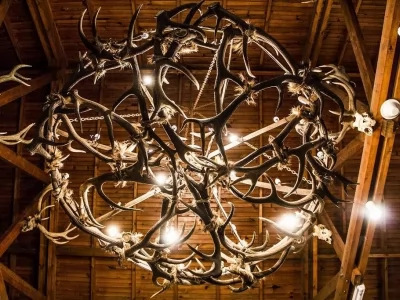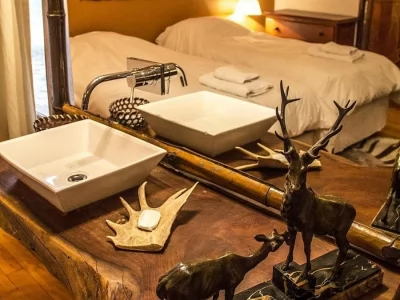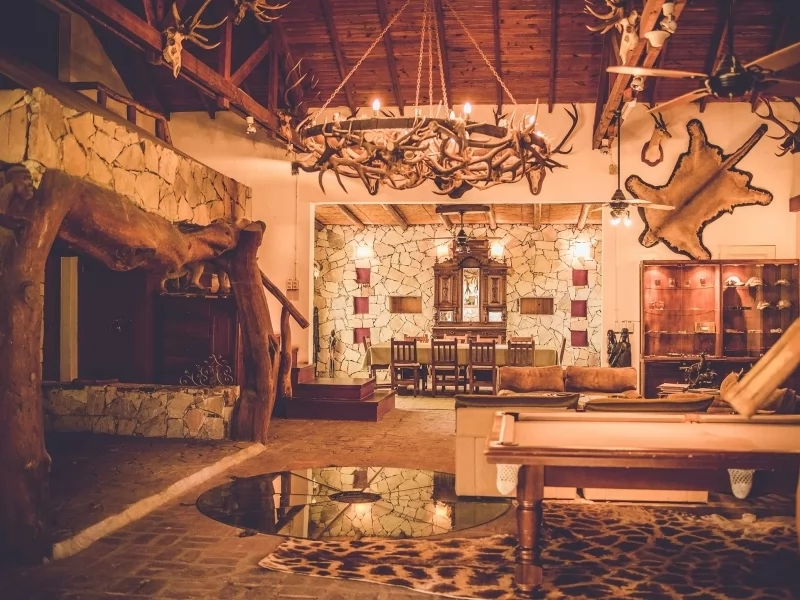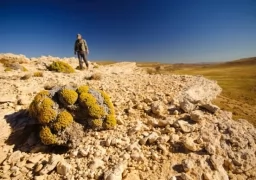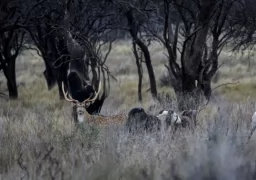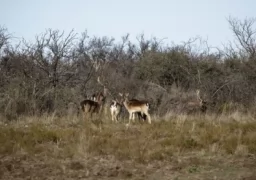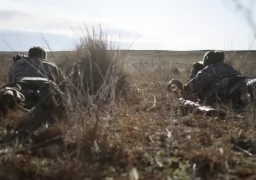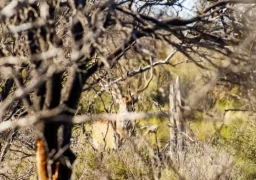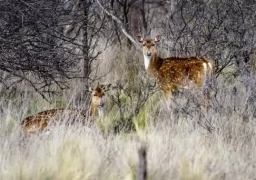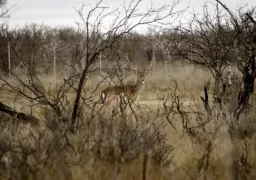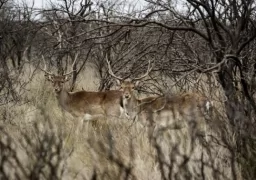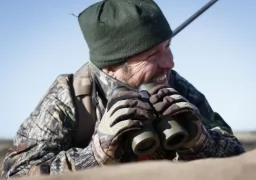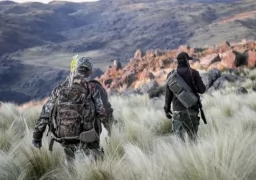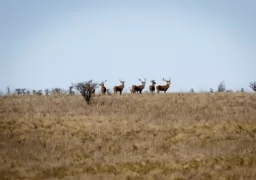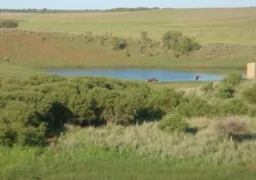INTRODUCTION
Axis Deer are native to India and Sri Lanka but are also found in other countries. They are widely distributed in various parts of central and northern Argentina. The Axis Deer live in large herds of 10 to 50 individuals where males, females young and old mix. They are able to do this because males and females can go into rut or heat at any time of the year. Frequently, the leader of these herds is an older female. Dominant males have hardened antlers which are 3 pronged and can grow to 45 cm. Axis Deer are about 125 cm long, 100 cm tall, and weigh about 120 pounds.
The Hunting
This deer of Hindu origin is also known as "chital" and was introduced into our country in the year 1945, inside the Buenos Aires Province, to which he adapted successfully and quickly, and was later on distributed among different provinces of our country. Its fur is dun reddish with white spots distributed in lines all over the body; its abdomen and the interior of the legs are white. The stag is almost one-meter-tall, its length reaches one meter and a half from the head to the tail, its antlers that change every year without a precise date have fewer points than other deer, reaching a total development of almost one meter from their beginning (roseta) up to the end and generally show six points in total, although if the diet is really good they can develop more.
In Argentina, it is found in the plains or Pampean hills near rivers or streams with scrublands that provide protection from the cold and shelter. It generally moves at night, although, sometimes it is found in activity during the day.
During the rut it emits a calling sound to the hinds which is less powerful than the one of the red stag. The period of sexual activity is not totally defined and varies according to the regions that the different herds inhabit; it generally begins at the end of the summer in the Southern Hemisphere (February) and lasts up to the beginning of the autumn (April), but it is always subject to changes depending on the weather. The hinds give birth to one baby deer or in some cases two. The hunt of this animal is done chasing it during the early morning hours, and it may extend throughout the whole day up to night. The hunter walks among the strips of land or rivers trying to get sight of the herd, which is why the binoculars are essential for the task. Once it's been located, the strategy of approach is devised until a distance is reached from where the shooting can be safely done; this very often requires the hunter to drag its body silently while on the ground so that he can hunt the piece.

